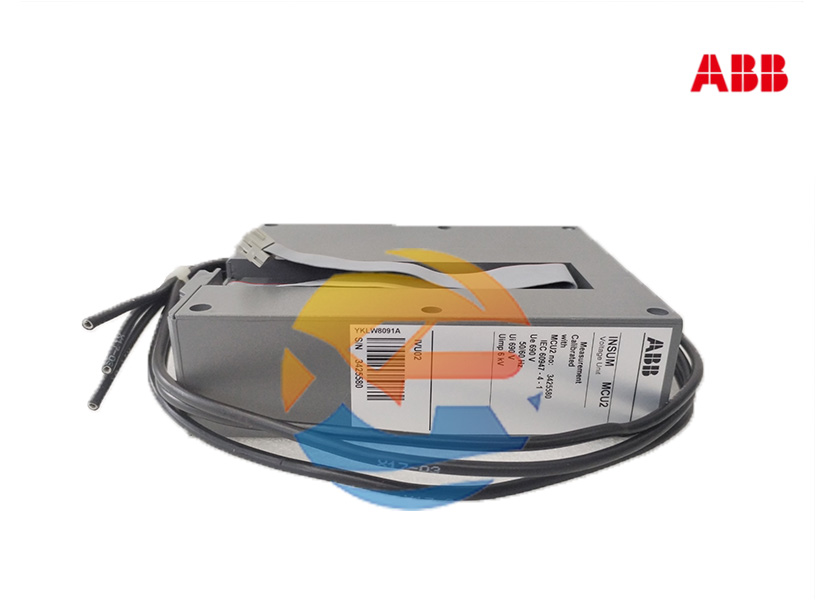In industrial automation, electric motors are the workhorses that drive processes. Protecting and controlling them effectively is crucial for minimizing downtime and maximizing productivity. The ABB MCU2A02V24 is an intelligent motor controller designed to replace traditional combinations of simple overload relays and contactors. This article provides a comprehensive technical overview of this advanced device, explaining its role, key features, and the specifications that make it a smart choice for modern motor control centers (MCCs).
The ABB MCU2A02V24 is a member of ABB's intelligent motor controller family, specifically within the M101 series. It is a compact, multi-function device that integrates several functions into a single unit:
The "V24" in the model number indicates a 24V AC/DC control supply voltage, a common choice for control circuits.
The primary role of the MCU2A02V24 is to safeguard the motor. It includes:
The device incorporates a powerful microprocessor that handles control logic:
A key advantage of an "intelligent" controller is the data it provides:
The MCU2A02V24 typically supports communication via a built-in Modbus RTU interface, often over an RS-485 connection. This allows it to be integrated into a SCADA or PLC system, enabling remote monitoring, control, and data collection from hundreds of motors across a facility.
In a typical circuit, the MCU2A02V24 sits between the power supply, the contactor (which it controls), and the motor. It monitors the current flowing to the motor via internal current transformers. The control commands come from its digital inputs or via the communication network.
The ABB MCU2A02V24 is far more than an overload relay. It is a comprehensive motor management system in a compact package. Its integration of protection, control, measurement, and communication functions makes it an essential component for improving operational efficiency, reducing maintenance costs, and enhancing the reliability of motor-driven applications.